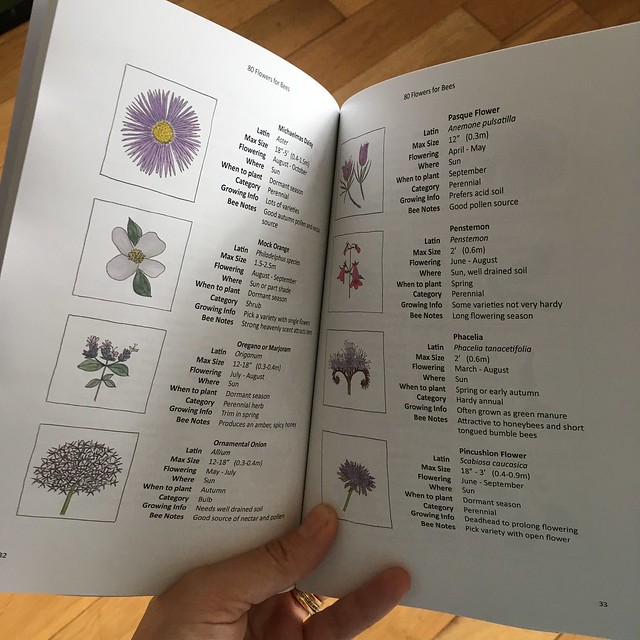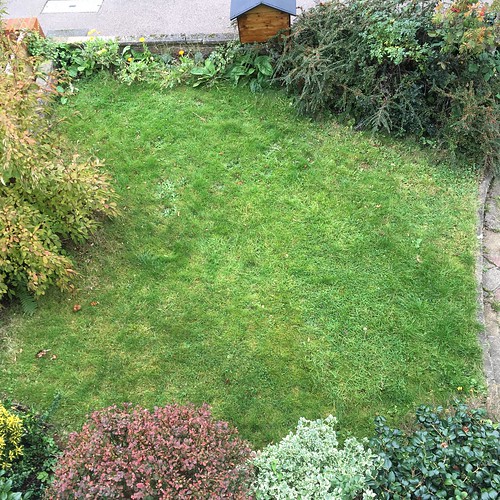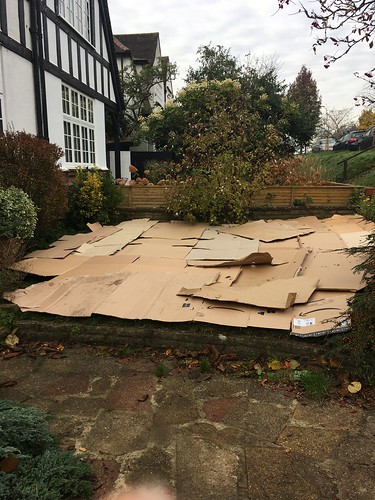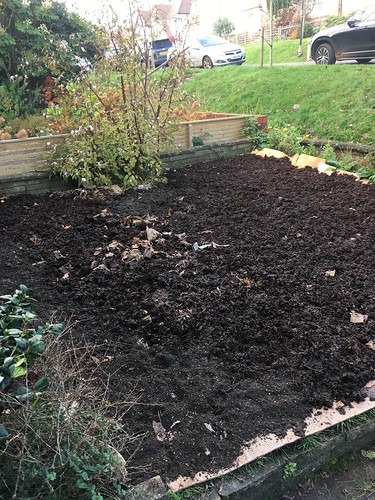Way back at the beginning of the first lockdown, my mother and I started a little project.
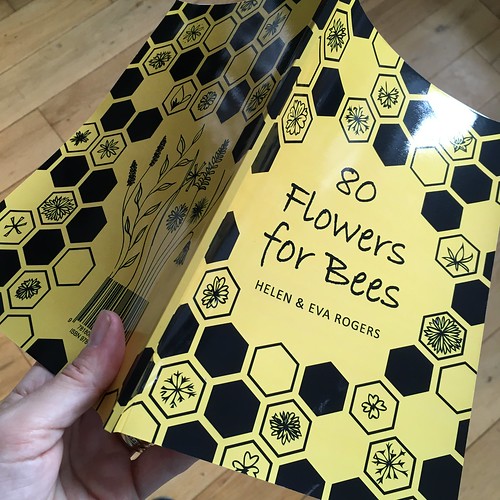
This year we decided to pay extra attention to which plants in both our gardens seemed to be particularly attractive to bees. As we couldn’t meet, we frequently discussed what we saw when we spoke on the phone. I would often send her photos of flowers, which she quickly identified. I kept lots of notes – she would tell me which position the plants would thrive in, how tall they would grow and all the essential information needed to successfully grow them.
My parents live in rural Oxfordshire and over the years have created a large, beautiful and productive garden. My mother is an extremely knowledgeable horticulturalist – growing up, our home phone was always ringing with people wanting gardening advice from her. We would joke that it was like a continuous episode of Gardeners Question Time.
I started drawing the flowers and I realised that we were putting together a useful tool that would help people make good decisions about choosing plants for their gardens. The idea for 80 Flowers for Bees was born.
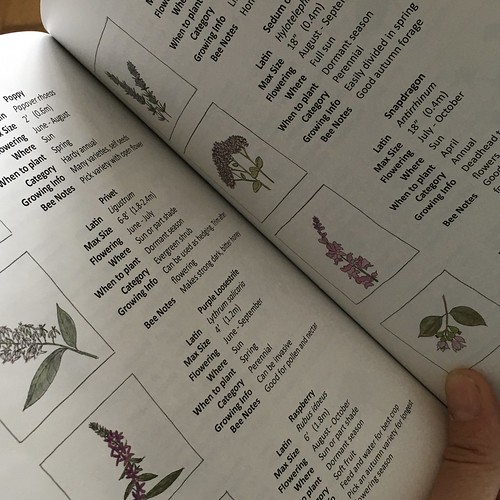
Bees (not including honey bees) around the world are declining in numbers and it is understood that this is partly caused by lack of food – which means, lack of flowers. Everyone, wherever they live, can do something simple to help this situation – all we need to do is to plant more flowers. 80 Flowers for Bees helps you pick plants that will help nourish bees. I aim to have something in flower in our garden at all times of the year that is useful forage for bees. In the book we give information on flowering times, where to plant flowers, how big they will get, when to plant them and which varieties of the plants are particularly popular with bees.

I’ve been assured by the printers that we will have the first batch of books with us for our launch date, 17th December. We will post all the pre-orders out on the 18th, which means they will be with you in time for Christmas. So, if you know someone who is interested in wildlife, bees or plants, or who just enjoys eating honey, this little book will make a perfect present or stocking filler. It is available to pre-order in our online shop here. Happy planting!


